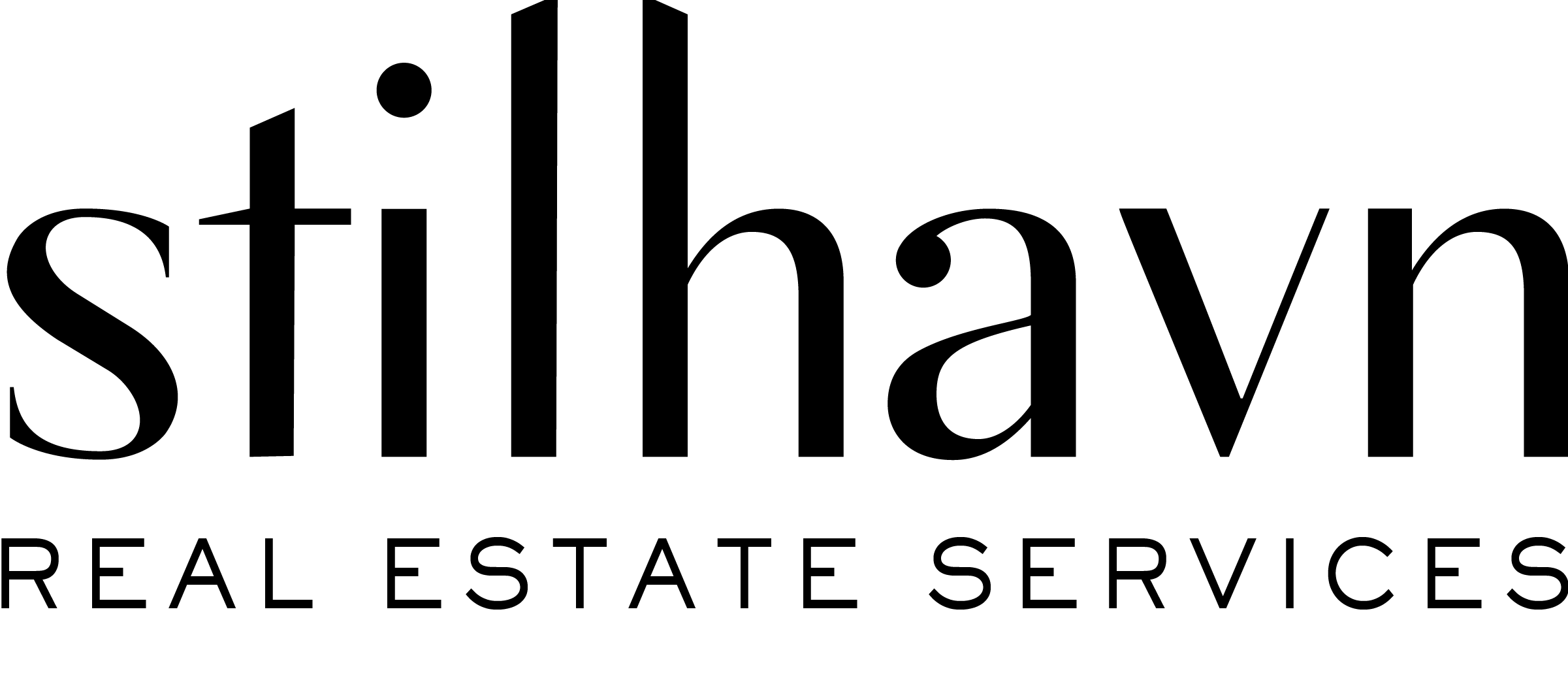Climate conservation is a collective responsibility and we can start to make a difference by conserving energy in our homes. A great place to start looking at our impact on climate and energy usage is right within the four walls we live in. Eco-wise practices are all about celebrating creation, and there are small steps we can take to make a big difference to conserve energy in both new and old homes.
Reusing Building Materials
Purchasing new materials often tends to expensive and not environmentally friendly. But if you must purchase new, it would help to choose materials that leave a lower carbon footprint and help preserve the environment. For instance, wood and brick consume less energy to manufacture when compared to vinyl. Additionally, vinyl releases toxic chemicals when disposed of, while wood is biodegradable. Some best practices include:
- Utilize old materials recovered from demolished buildings
- Purchasing new wood from local and sustainable forests
- Construction with old stone, wood, and glass materials
- And the golden three Rs rule – reduce, reuse, and recycle.
Improve Heating and Insulation
There are some effective measures we can incorporate to increase energy efficiency, and ensure the character of the home structure remains intact. In parts of coastal BC particularly, an air-source heat pump can be utilized to heat air. This enables the distribution of hot air through existing ducted air systems. For the winter months, a ground-source heat pump for heating may be the right choice.
One of the best ways to improve your home’s eco-friendliness is to reduce your energy use by investing in insulation. Efficient insulation allows you to save energy, helps hold in the heat, and goes easy on your utility bill. Some of the primary ways to start insulating your home is by utilizing double glazed windows, within the walls and in the roof.
Another stylish way of insulating your home is using area rugs that are cost-effective and help cover any exposed hardwood floors to prevent air from slipping in through floor cracks.
Check for Air Leaks
Based on the style of build, traditional and historic homes tend to leak more air than newer homes. A surefire way of finding out the level of your home’s airtightness is to administer a blower door test from a certified energy assessor.
A blower door test is a standard test that checks for air leakage and makes note of places in your house that contribute most to air leakage. After the blower test, the homeowner typically carries out the following repairs to ensure airtightness:
- Repairing gaps and holes in and around the home structure
- Shutting fireplace dampers when not in use
- Insulate walls and the attic at the ceiling level
- Weatherstrip windows and doors
- Caulking and sealing cracks to minimize air leaks in windows
- Install a heat shrink film
Natural Cleaning Products
Most store-bought cleaning products are riddled with harmful chemicals and detrimental to the environment. Washing dishes or doing laundry with these chemicals simply directs the wastage into the water supply, which means that the purification process gets overextended before it’s safe to use again.
Luckily, organic and green alternates are readily available to replace these chemical cleaning products. Even natural products like citrus fruits, baking soda, or vinegar can be used in place of caustic chemicals to great effect.
Consider an Energy Evaluation For Your Home
An energy audit tells you how to reduce your climate impact, save on energy and improve your home. A certified energy advisor is a trained professional who often has a background in architecture or home inspection. An advisor can help your house become more energy efficient in its usage, suggest areas of improvement, and help plan retrofits, no matter the size.
There may be more factors to consider if you live in a historic home. Standard guidelines state that traditionally constructed buildings often have character-defining elements that must remain untouched. So before inviting an energy advisor to evaluate, it would be a good idea to prepare a list of aspects of your home that need the most attention. In an effort to educate and increase green building practices, grants are available for renovations and retrofits to existing buildings.
Looking For Your Ecofriendly Havn?
If you’re ready to buy (or sell), talk to an expert Stilhavn REALTOR for guidance. From Metro Vancouver to the Sea to Sky, a trusted Stilhavn REALTOR® can help you find your havn.



